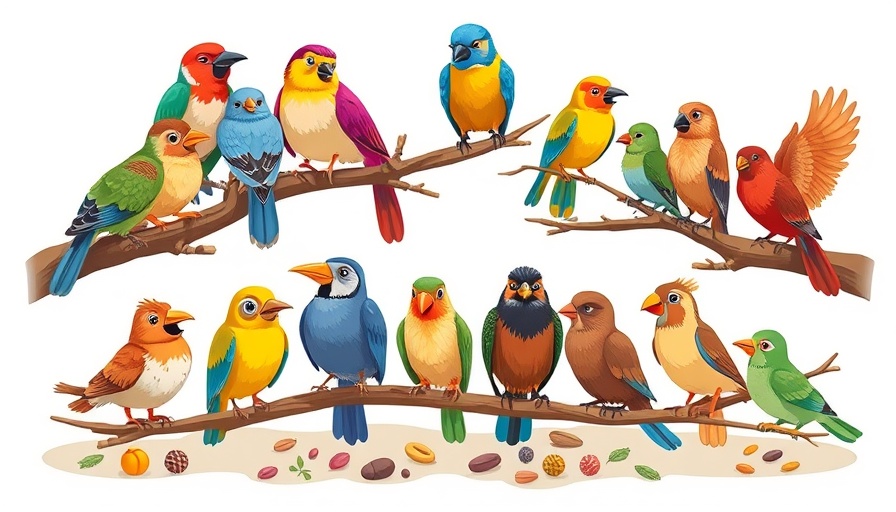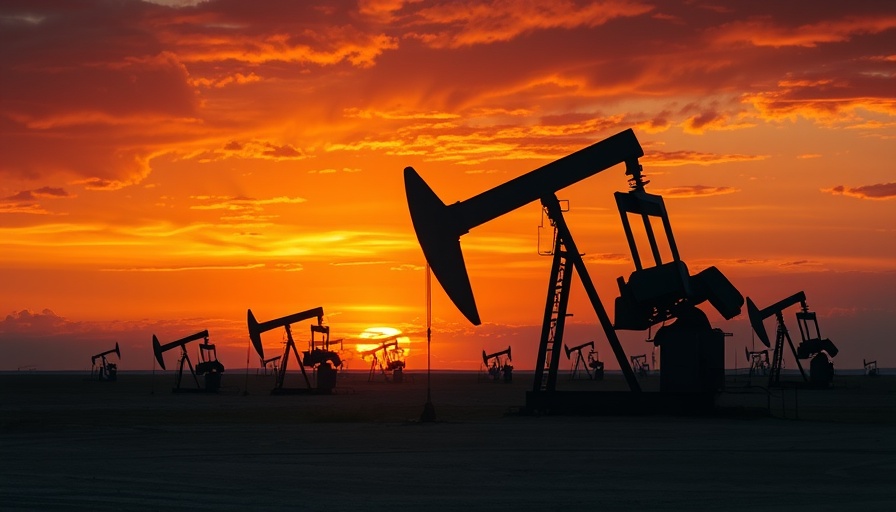
The Surprising Leader of the Bird World: A Closer Look at Chickens
While colorful sparrows and majestic eagles often steal the spotlight in public discussions about birdlife, the true leader of the world's avian population is an unexpected contender: the humble chicken (Gallus gallus domesticus). With an astonishing estimated population of 22 billion, chickens outnumber any other bird species globally by a significant margin. But how did these domesticated birds come to be so abundant, and what does their prevalence say about humanity’s relationship with nature?
The Chicken’s Journey: From Junglefowl to Global Phenomenon
Chickens can trace their lineage back to the red junglefowl of Southeast Asia. Over thousands of years, human beings have selectively bred them for various purposes, leading to hundreds of distinct breeds. Some chickens are specifically bred as broilers for meat, while others are prolific layers or even ornamental pets. This transformation from wild bird to farm staple illustrates the profound impact of agricultural needs on animal evolution. In fact, as chickens have become integral to our food systems, their growth has often been dictated by global consumption trends, especially in developing countries where demand is rapidly increasing.
Chickens Outnumbering People: What It Means for Our World
To put the sheer scale of 22 billion into perspective, imagine three chickens for every person on Earth. Moreover, the numbers are not static; every year, the meat industry raises and processes over 50 billion chickens, surpassing the total alive at any moment. This statistic underscores a novel era in food production spurred by increasing global meat consumption and shifting dietary habits. Businesses in manufacturing and agriculture are increasingly looking for innovative strategies to manage this phenomenon, connecting sustainability and animal welfare with the robust demand for poultry.
Future Predictions: The Sustainability Challenge in Poultry Production
As we advance into an era where sustainable practices are crucial, the surge in chicken farming presents both opportunities and challenges. With poultry becoming a predominant protein source, there is a growing need for tech-driven solutions to address the environmental impact of farming practices. Emerging technologies in food production — from vertical farming to lab-grown meats — could transform the industry landscape, ensuring that the chicken remains a staple without compromising ecological sustainability.
Discovering the Bigger Picture: Insights for Professionals
For professionals in healthcare, finance, and sustainability sectors, understanding the dynamics of chicken production can offer valuable insights into broader market trends. The connection between consumer demands, agricultural practices, and environmental implications can inform strategy across various industries. Observing this population explosion may equip innovative companies and proactive entrepreneurs with the data-driven analyses needed to navigate and shape emerging markets in food technology.
As we engage with the essential narratives of our industrial landscapes, the example of the chicken not only highlights the intersections of biology and our societal structures but also raises critical questions about the future of food and sustainability.
As we explore these themes further, consider advocating for more responsible, innovative practices in your own industries. Share this article with colleagues and engage in conversations about how we can collectively drive change in our business cultures for a sustainable future.
 Add Row
Add Row  Add
Add 




Write A Comment